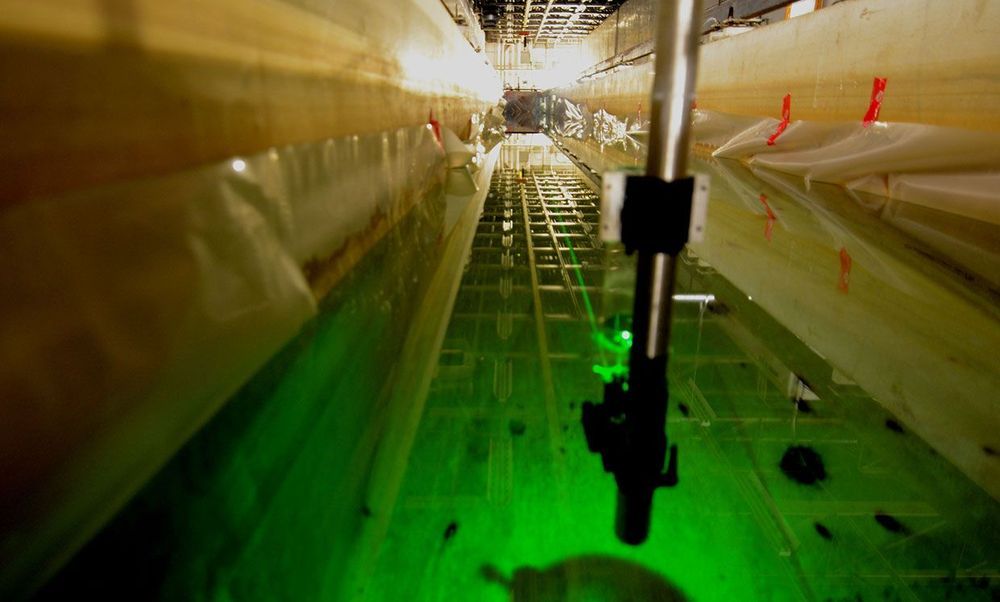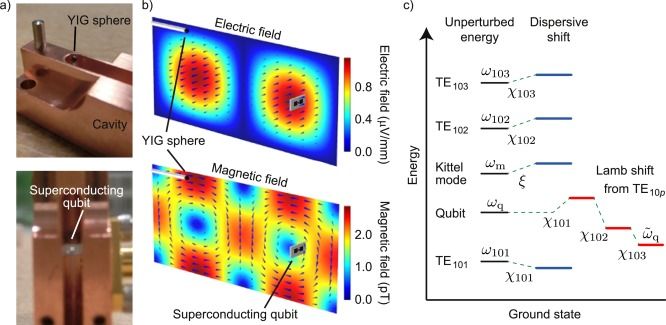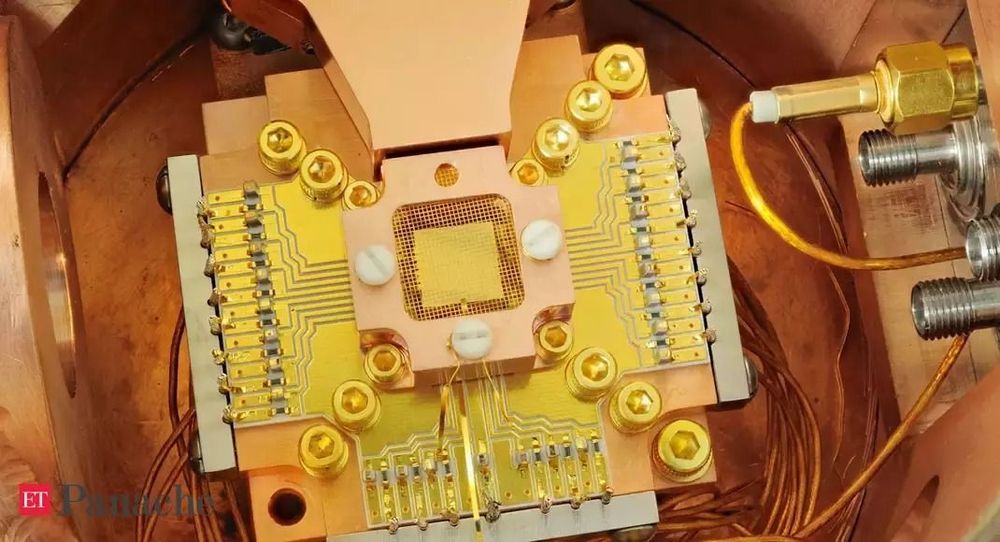Apr 21, 2020
Scientists Explore Underwater Quantum Links for Submarines
Posted by Quinn Sena in categories: encryption, internet, quantum physics, satellites
:oooo.
Underwater quantum links are possible across 30 meters (100 feet) of turbulent water, scientists have shown. Such findings could help to one day secure quantum communications for submarines.
Quantum cryptography exploits the quantum properties of particles such as photons to help encrypt and decrypt messages in a theoretically unhackable way. Scientists worldwide are now endeavoring to develop satellite-based quantum communications networks for a global real-time quantum Internet.
Continue reading “Scientists Explore Underwater Quantum Links for Submarines” »




 This article reviews the history of digital computation, and investigates just how far the concept of computation can be taken. In particular, I address the question of whether the universe itself is in fact a giant computer, and if so, just what kind of computer it is. I will show that the universe can be regarded as a giant quantum computer. The quantum computational model of the universe explains a variety of observed phenomena not encompassed by the ordinary laws of physics. In particular, the model shows that the quantum computational universe automatically gives rise to a mix of randomness and order, and to both simple and complex systems.
This article reviews the history of digital computation, and investigates just how far the concept of computation can be taken. In particular, I address the question of whether the universe itself is in fact a giant computer, and if so, just what kind of computer it is. I will show that the universe can be regarded as a giant quantum computer. The quantum computational model of the universe explains a variety of observed phenomena not encompassed by the ordinary laws of physics. In particular, the model shows that the quantum computational universe automatically gives rise to a mix of randomness and order, and to both simple and complex systems.










